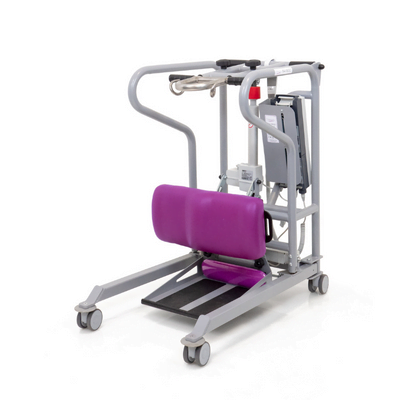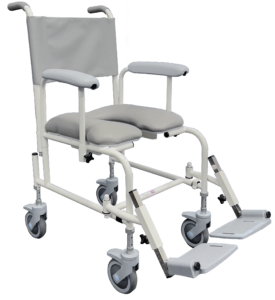This case story was provided by Adapt Life, a retailer of mobility and healthcare solutions and equipment.
A young man with a progressive neurological condition faced a difficult daily routine: bathing. His family’s bathroom setup made showering physically demanding and distressing for him and his caregivers. Transfers were awkward, and the lack of a safe, supportive surface caused discomfort during bathing, often leaving him fatigued and distressed afterwards.

We recommended the Prism Medical Freeway Wall-Mounted Shower Stretcher after discussions with his family and support staff. Its fold-away design allowed it to be fitted in the existing bathroom without occupying floor space, while its sturdy yet comfortable surface offered a secure and dignified position for showering. This reduced strain and enhanced safety for all involved.
Since installation, the difference has been remarkable. The client now experiences bathing as a comfortable and dignified process, while carers can perform their work more easily and with far less risk of injury. His family has shared that shower times have become calmer, quicker, and far more positive experiences for everyone.
At Adapt Life, we are dedicated to offering our clients products that genuinely improve their quality of life. We take pride in delivering high-quality products and exceptional customer service to help seniors and the disabled adapt and thrive. Prism Medical equipment continues to make a significant difference in the lives of our clients.
We consistently receive positive feedback about Prism Medical equipment, with many clients highlighting its comfort, ease of use, and thoughtful design. Beyond the product itself, Prism’s customer service has been exceptional, with their team responding quickly and effectively whenever guidance or technical support is needed. Through their combination of superior product design and unwavering customer care, Prism has become a valued partner in helping us improve lives every day.




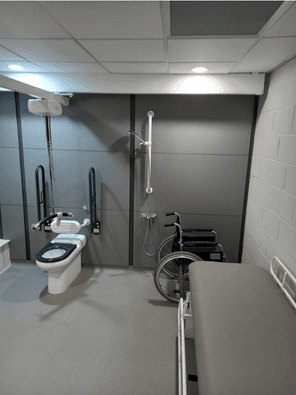
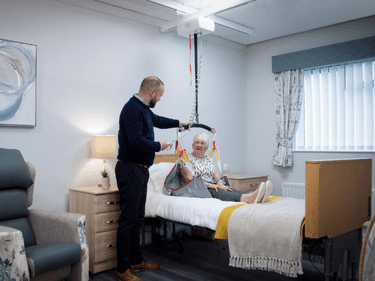
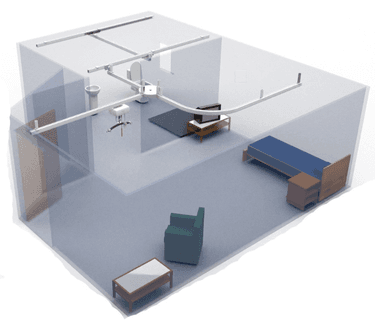
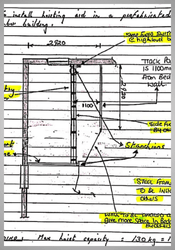
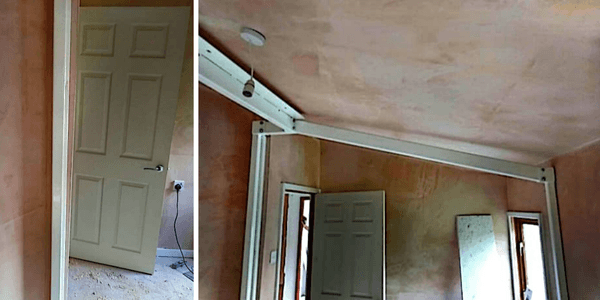
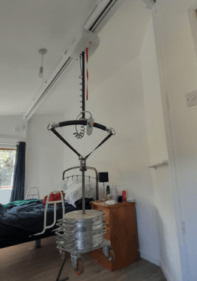
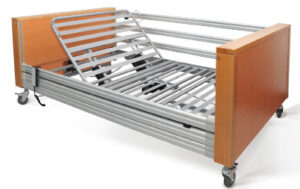
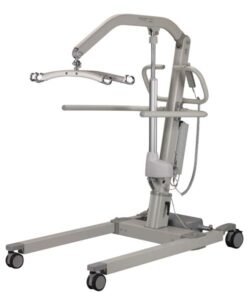
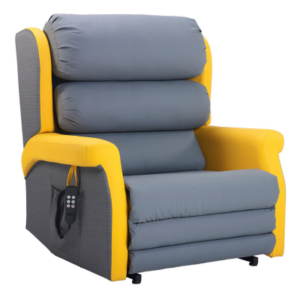
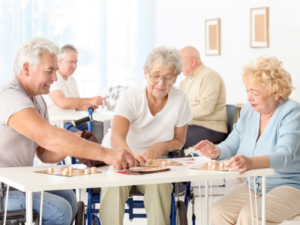 As society ages, the demand for day-to-day living support continues to rise. However, social care faces challenges amidst this growing need, particularly with funding cuts that have led to staff shortages and reduced training opportunities. In navigating these troubled waters, ensuring the safety and well-being of carers and those they support becomes paramount. If you have concerns regarding the safe handling of a loved one, we encourage you to contact your local social services department and request an Occupational Therapy review of the moving and handling risk assessment and plan.
As society ages, the demand for day-to-day living support continues to rise. However, social care faces challenges amidst this growing need, particularly with funding cuts that have led to staff shortages and reduced training opportunities. In navigating these troubled waters, ensuring the safety and well-being of carers and those they support becomes paramount. If you have concerns regarding the safe handling of a loved one, we encourage you to contact your local social services department and request an Occupational Therapy review of the moving and handling risk assessment and plan.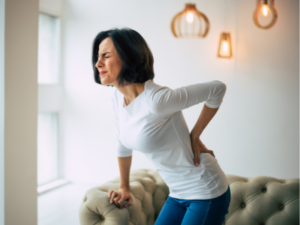 In healthcare environments, moving and lifting individuals is a common task that demands precision and care. Any ‘caregiver’ that needs to move or lift a person is at a high risk of lumbar complaints or disorders.1 When performed correctly, it enhances independence and quality of life while minimising the risk of injury.2 A 2013 study testing different patient transfer types showed that the lumbar load was considerably reduced when using optimised techniques or assistance aids.3 However, inadequate training and improper techniques can result in accidents and discomfort for carers and clients.
In healthcare environments, moving and lifting individuals is a common task that demands precision and care. Any ‘caregiver’ that needs to move or lift a person is at a high risk of lumbar complaints or disorders.1 When performed correctly, it enhances independence and quality of life while minimising the risk of injury.2 A 2013 study testing different patient transfer types showed that the lumbar load was considerably reduced when using optimised techniques or assistance aids.3 However, inadequate training and improper techniques can result in accidents and discomfort for carers and clients.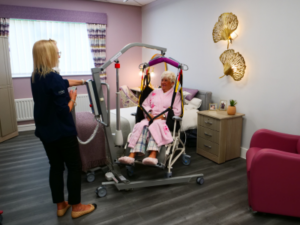
 Also known as the underarm lift, this is when the client is lifted or supported under the armpit. It is typically used to lift someone up the bed, support them from sitting to standing or help them from the floor. It is done by hooking the elbow around the client’s arm, just under the armpit, and dragging them to the desired position.
Also known as the underarm lift, this is when the client is lifted or supported under the armpit. It is typically used to lift someone up the bed, support them from sitting to standing or help them from the floor. It is done by hooking the elbow around the client’s arm, just under the armpit, and dragging them to the desired position.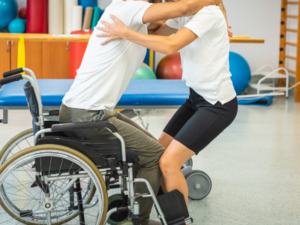
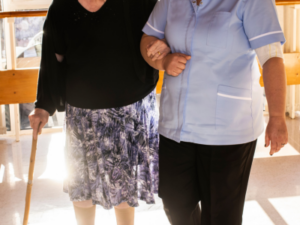
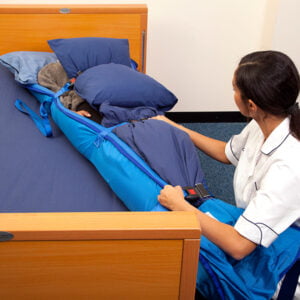
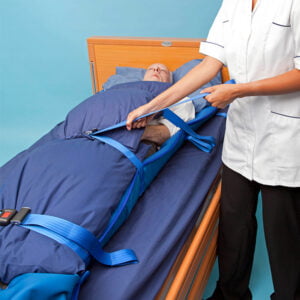
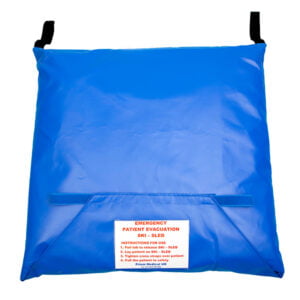
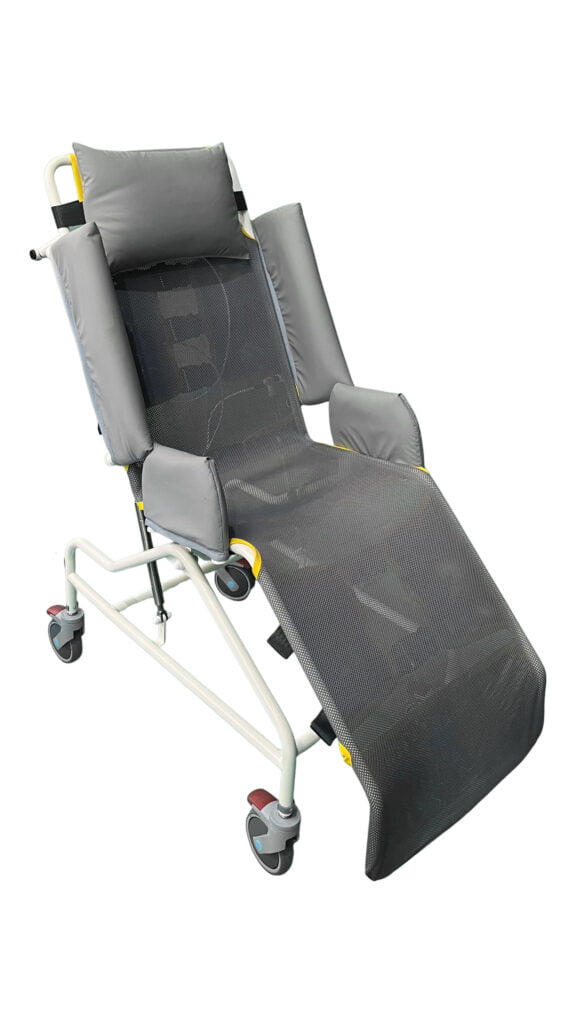 The shower cradle is the natural progression for individuals who require more support and stability than a traditional shower chair can provide. Available in various widths, the cradle is designed to fit most showers and comes with a range of features that make it both comfortable and hygienic.
The shower cradle is the natural progression for individuals who require more support and stability than a traditional shower chair can provide. Available in various widths, the cradle is designed to fit most showers and comes with a range of features that make it both comfortable and hygienic.
